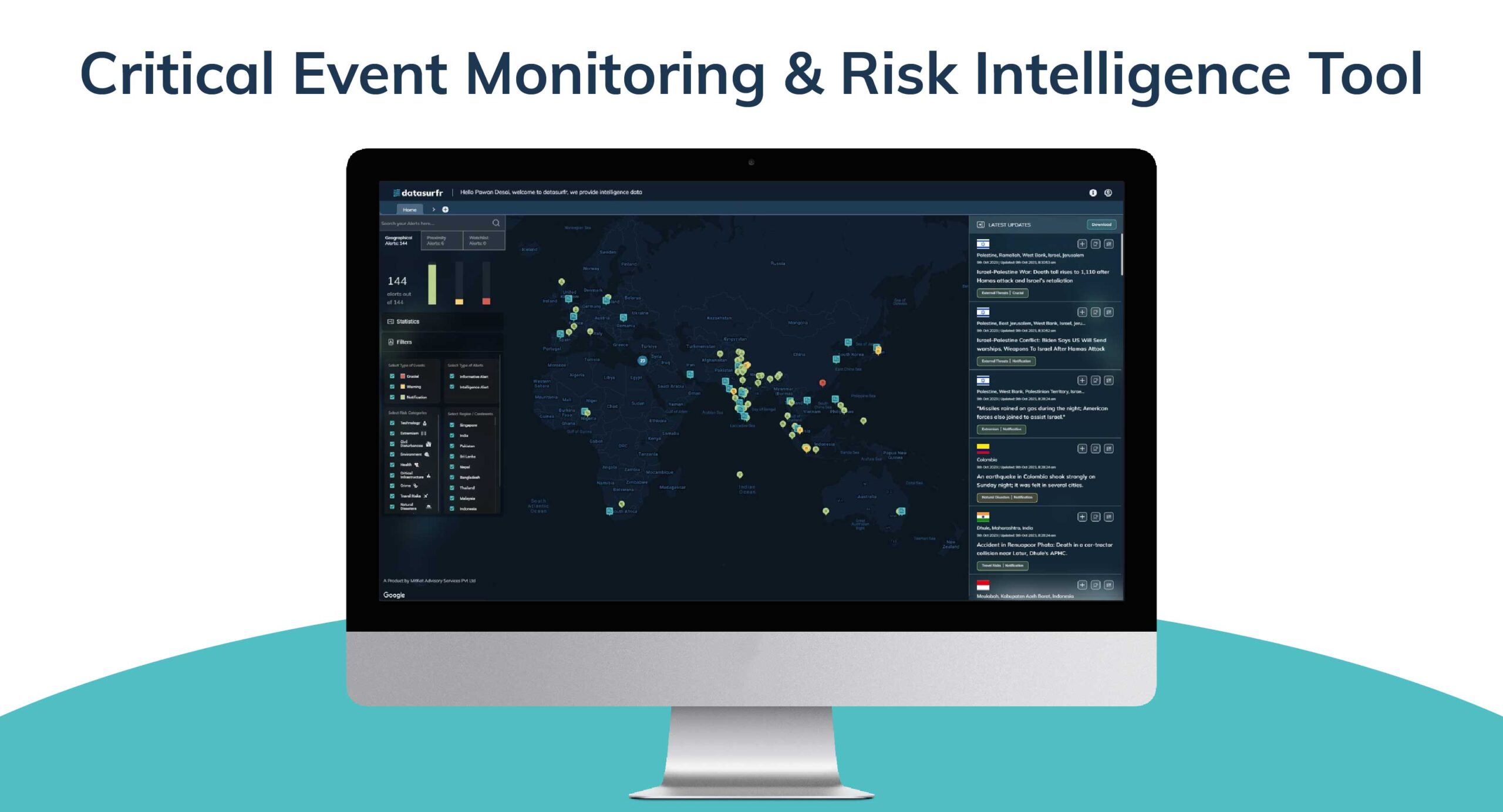Locations affected: United States
Wildfires in Los Angeles, termed the largest wildfire in the region’s history, have caused mass evacuations and widespread destruction over the past week. The fires, which started on 07 January, have spread across the Palisades, Eaton, and Hurst areas, consuming around 35,000 acres. Over 10,000 structures have burned due to the six fires in and around Los Angeles, and ten casualties have been reported. Gusty winds have exacerbated the fire conditions.
Reason for the Fires
The wildfires in the region are believed to have been caused by the naturally occurring Santa Ana winds and persisting drought conditions. US government research has linked climate change to the frequent and severe wildfires in the western United States. Fire season in California usually lasts from May to October. However, the impact of climate change has made it a perennial issue.
Impact of the Fires
- A state of emergency is in effect since 08 January.
- Evacuation orders have been issued for more than 70,000 people. To aid evacuation efforts, parts of Interstate 10 and the Pacific Coast Highway have been closed to all non-essential traffic.
- The fire has led to multiple flight cancelations and delays. Several major US airlines like United Airlines, American Airline, Delta Air Lines and Southwest Airline, have issued flight warnings for areas in Southern California.
- On 08 January, over 311,000 houses and businesses in Southern California reported power outages. Gas supply has been shut off to more than 15,000 people.
- Water and firefighting shortages in the region have reportedly slowed efforts to contain the fire. Retired firefighters have been called in to assist with operations.
- Residents in the Pacific Palisades and adjacent areas have been advised by the Los Angeles Department of Water and Power to use boiled or bottled water due to low water pressure in the distribution system since 08 January.
- President Joe Biden has cancelled his trip to Italy to focus on the federal response to the wildfire.
Forecasts and Recommendations
Wind speeds decreased to a lower rate of 30-50 mph throughout Los Angeles on 09 January. However, red flag warnings (indicating low humidity, elevated temperatures, and strong winds) remain active in the surrounding areas and are expected to expire by 1800 hours local time on 10 January, with a possibility for extensions. Additionally, high winds are forecasted on 10 January and next week. Winds combined with dry air and drought conditions could cause new fires to spread and worsen existing ones. Smoke, fine particulate matter, and poor air quality from the fires could lead to cardiorespiratory ailments, particularly for people with chronic conditions, pregnant women, and the young and elderly. Residents in affected areas are advised to wear N95 masks when outside. Traffic restrictions and disruptions are expected to persist until the fires are contained. Damage to utility infrastructure could disrupt power and communication services. Organizations are advised to stay updated on the situation and prepare necessary contingency plans.


